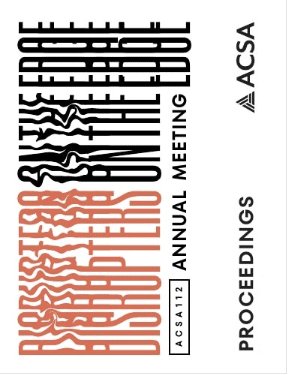Author(s): Madlen Simon & Shaimaa Hameed Hussein
Five years after the conclusion of the United States’ invasion of Iraq, faculty from an Iraqi university and a U.S. university began collaborating online to co-teach an urban design studio bringing U.S. and Iraqi students together through our shared language of architecture. We set out to investigate one another’s contexts and cultures through the design process. As the studio evolved over the past eight years, faculty developed insights into the pedagogy of cross-cultural collaboration in a post-conflict situation. Iraqi and U.S. students experienced war diametrically differently. In Iraq, violence and destruction was everyday reality; in the U.S., people consumed war through the media. Five years post-conflict, our initial challenge was to bring young people from both countries together in a way that broke through enmity and otherness to discover shared humanity. Post-human theory acknowledges both shared experience and difference. We strive to replace the construct of otherness with an understanding that we are all citizens of our planet invested in a shared future. U.S. and Iraqi faculty reflect upon ways in which our pedagogy replaces enmity and otherness with diversity, equity, and inclusion in the architectural design studio. We identify factors that promote these values in our cross-cultural collaboration: (1) Iraqi and U.S. students are the experts on their own contexts and cultures – we respect local knowledge and resist the “white savior” tendency, (2) studio projects and sites are carefully selected to highlight the fact that we face similar physical and social issues in both countries, (3) the United Nations Sustainable Development Goals offer a shared framework for the work of students across the globe as we all confront the critical issues of our time, (4) diverse teams generate more ideas, knowledge-sharing is key to success, and (5) while students come from different home cultures, they share the culture of architecture.
https://doi.org/10.35483/ACSA.AM.112.72
Volume Editors
Germane Barnes & Blair Satterfield
ISBN
978-1-944214-45-6

 Study Architecture
Study Architecture  ProPEL
ProPEL 
